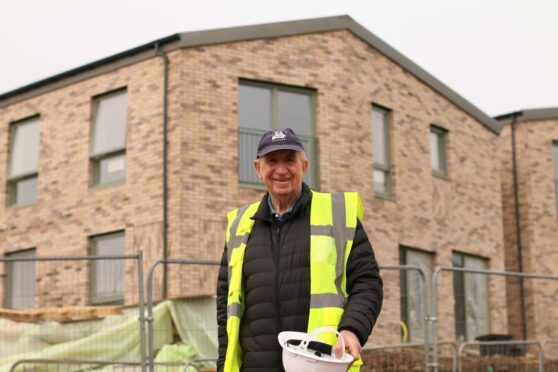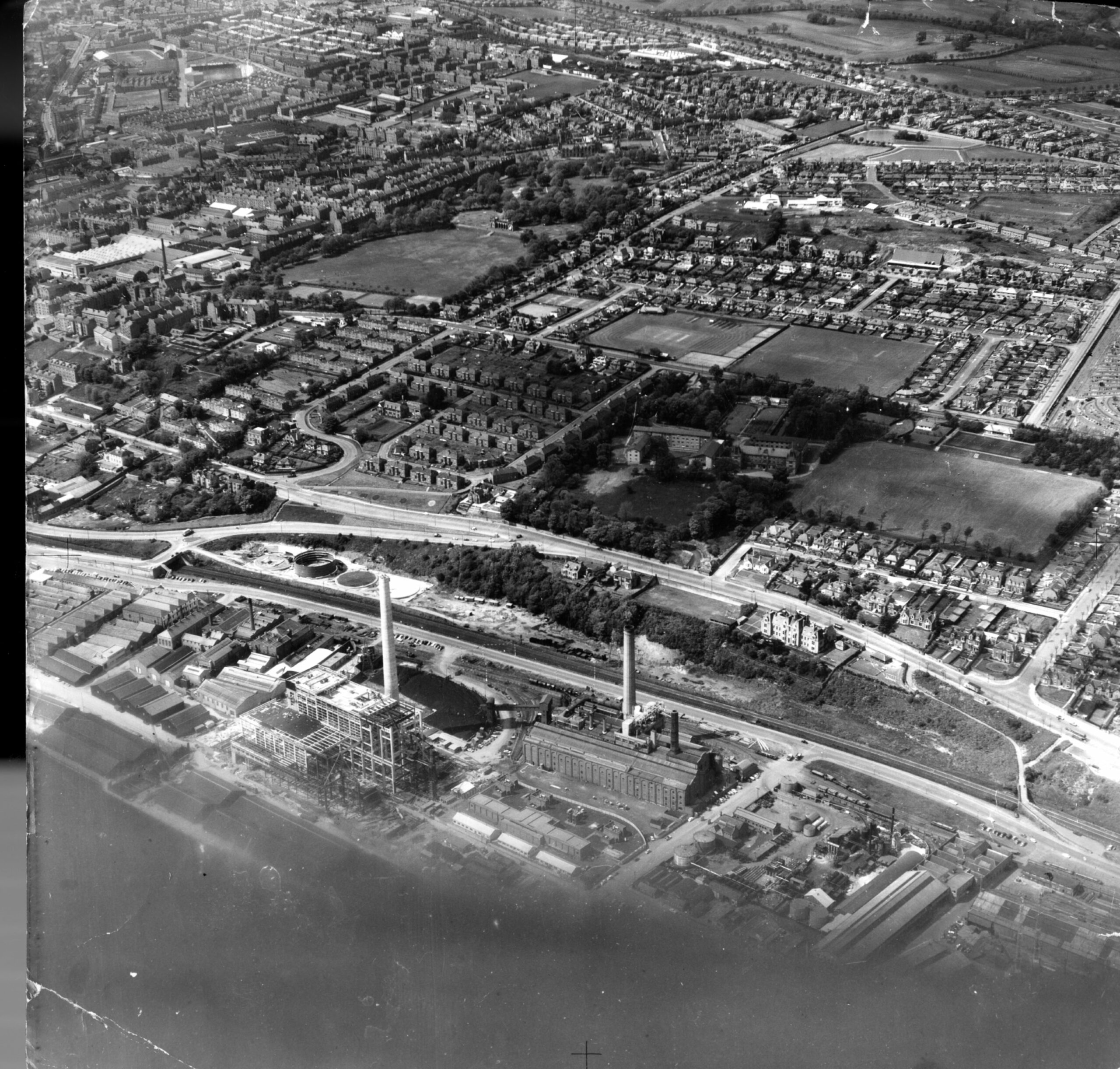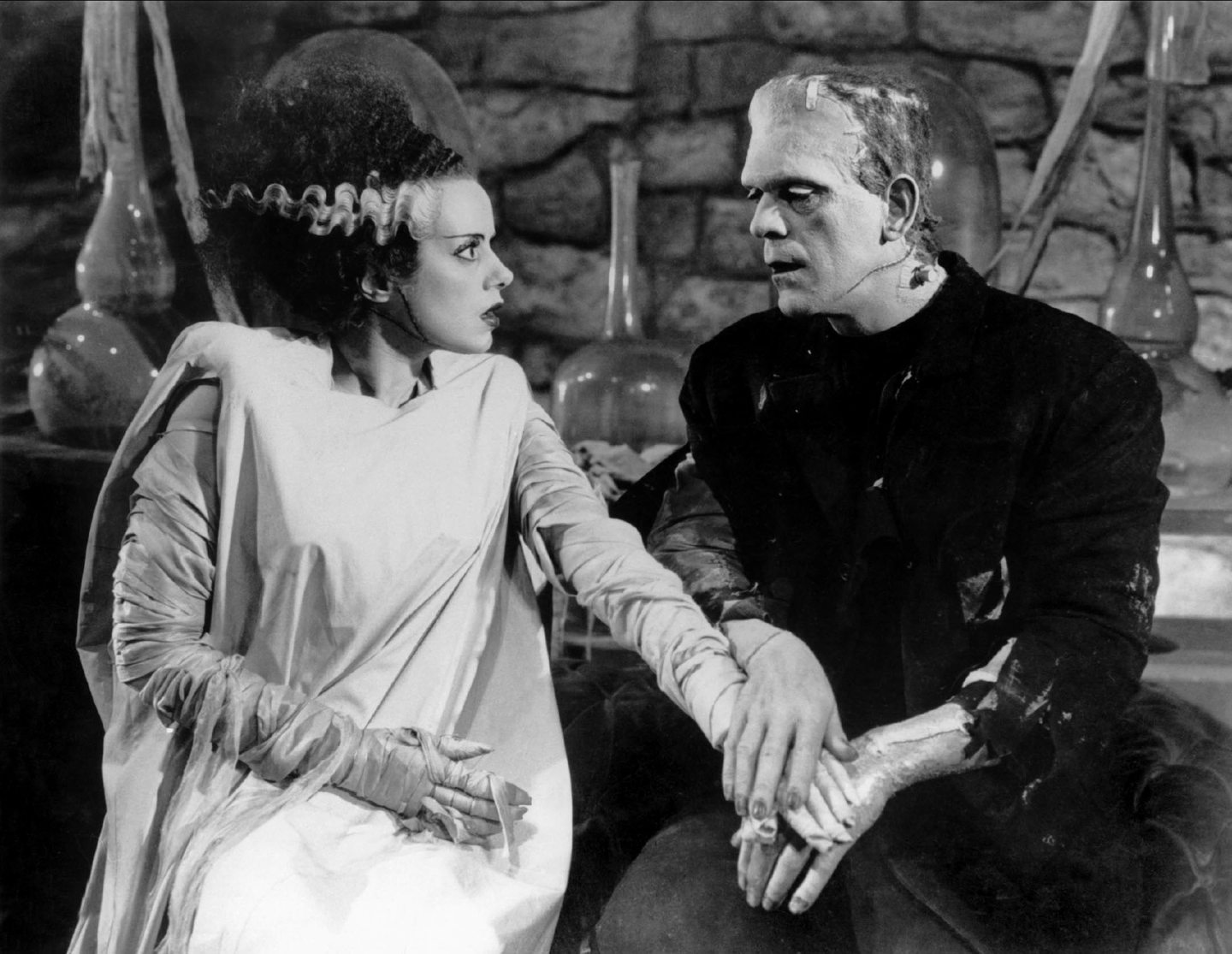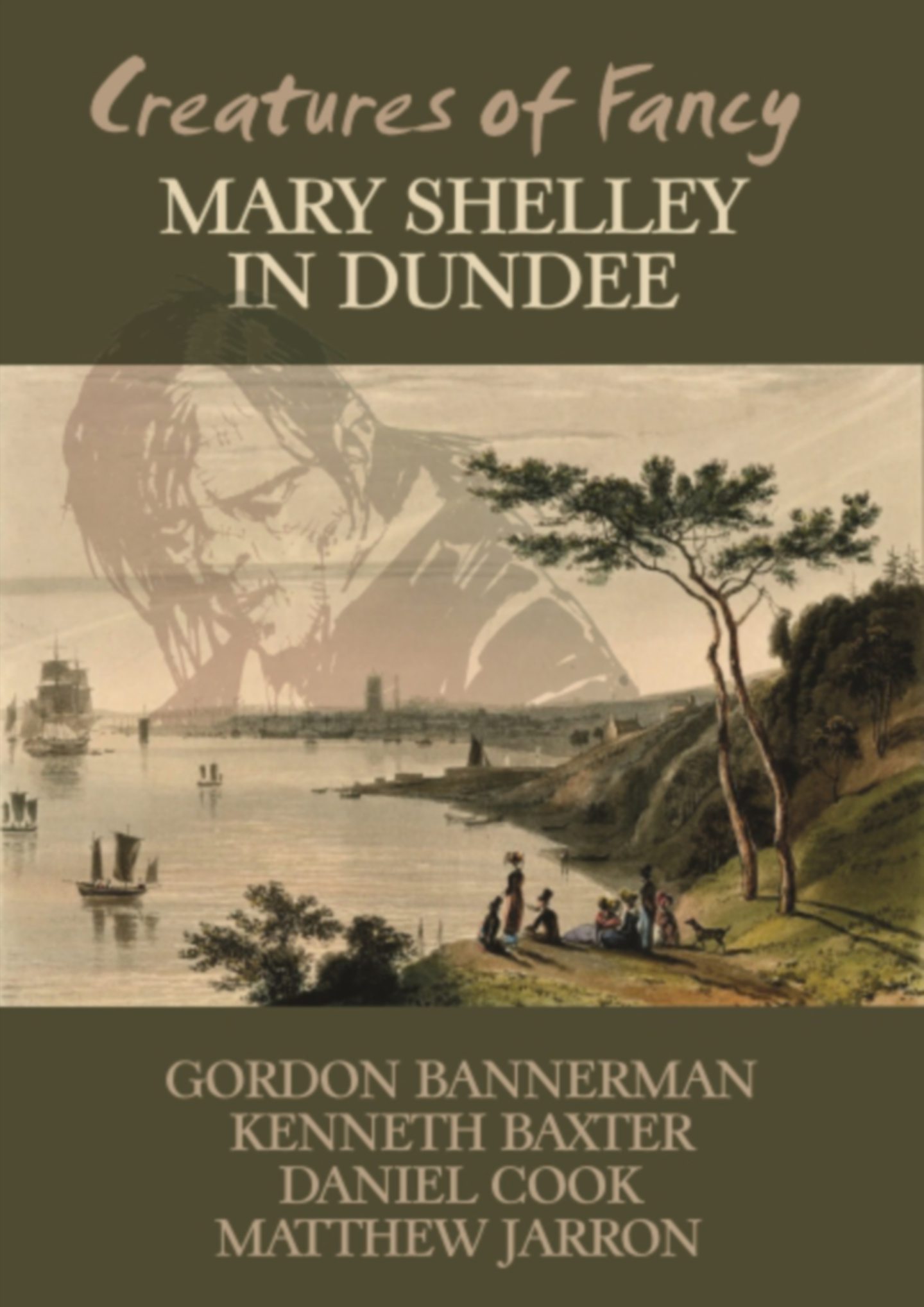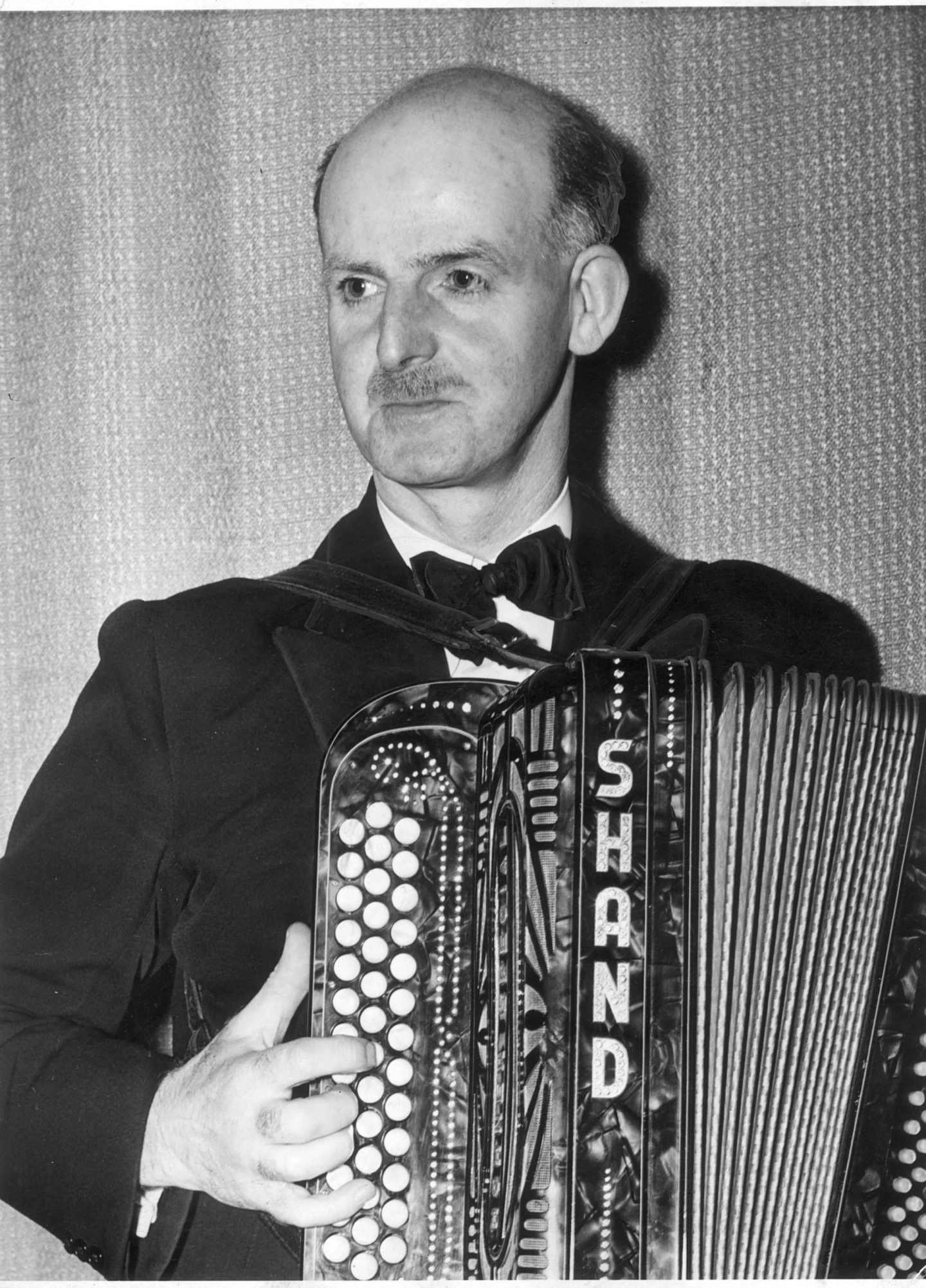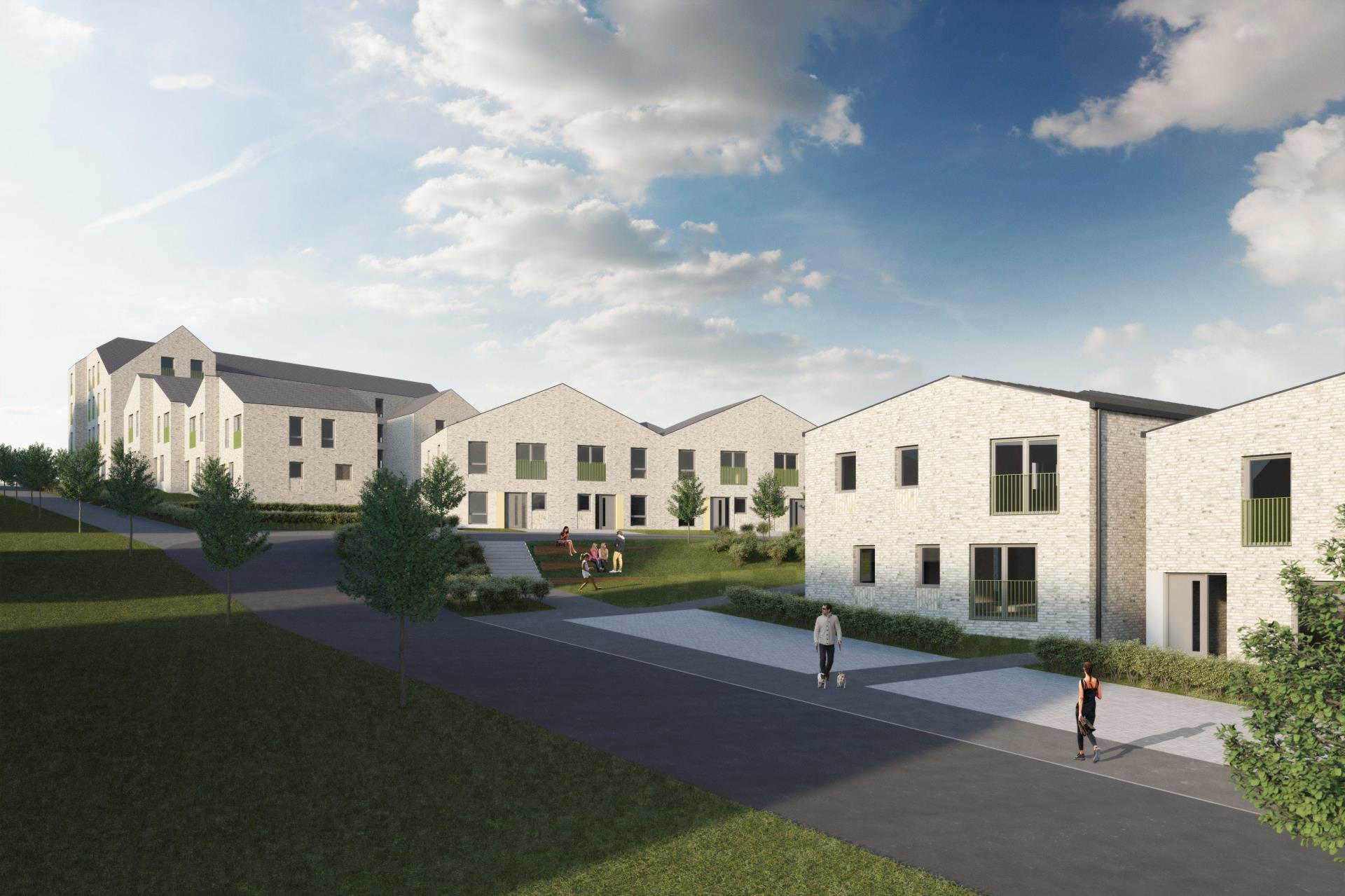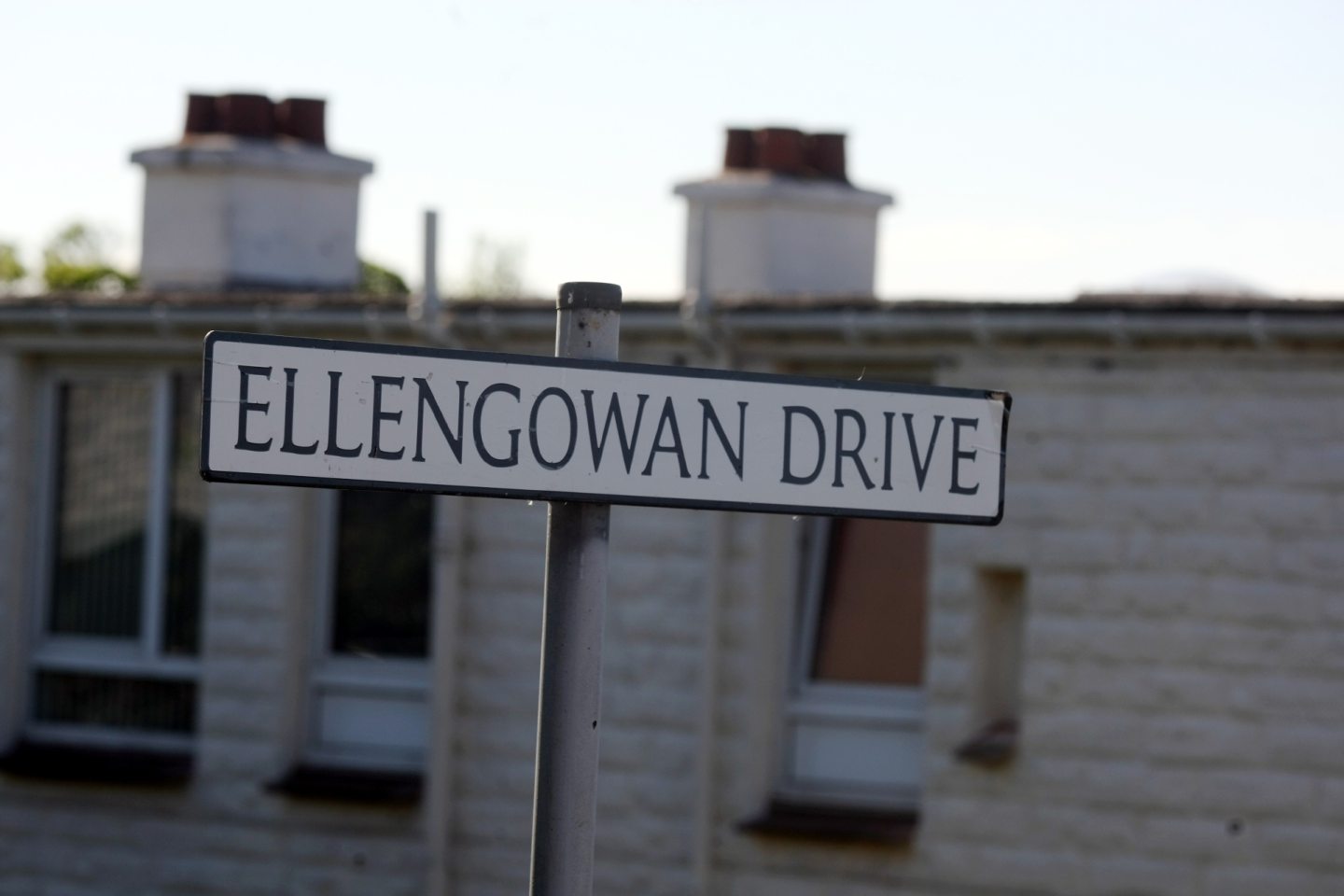A former resident of Dundee’s Ellengowan Drive has revisited the street he grew up on 70 years ago for a walk down memory lane.
Professor Gordon Anderson lived there from 1948 until 1952.
He revisited the street which is currently undergoing a £20.5m redevelopment to take a look at how it has changed since he was last there.
Professor Anderson now spends most of his time living in sunny Cyprus, but his visit to Ellengowan Drive reminded him how Dundee was the backdrop to his childhood.
History lesson
Professor Anderson said: “I lived at 124 Ellengowan Drive, in the block of houses nearest to the Arbroath Road, from November 1948 until April 1952.
“My father was a teacher at Dundee High School. He got his job there about a year before our family came to live in Ellengowan Drive, after demobilisation from his World War Two service in the army.
“My grandmother lived at number 52 Ellengowan Drive, further down the hill. But coming to Dundee was a big change for us.”
“My father met us in Dundee and took us to our house. As young children, I remember we accepted everything very readily and soon settled into the house.
“Although we left the house almost 70 years ago, I remember it very clearly. There was a living room, two bedrooms, a bathroom and a small kitchen, which my parents called the “kitchenette”.
“The living room had a coal fire which my parents lit every day.
“I remember soon after we moved in that my parents bought their first refrigerator. I recall being excited when we discovered that my mother could make ice-cream!”
Originally established as the estate of the wealthy Baxter family, who ran jute mills in the city, Ellengowan Drive housed many famous inhabitants such as Mary Shelley.
Shelley arrived at the Baxter Estate in 1812 and lived in the Countess of Strathmore’s dower house, named “The Cottage”.
She stayed with the Baxter’s until 1814 before going on to write her famous novel, Frankenstein.
Such was the impact of her time in Dundee that “The Cottage” was mentioned in the novel.
The Baxter family of Ellengowan gifted Baxter Park to the city in 1863 as a place where Dundonians could relax and enjoy the green space.
Years later in 1925, 128 homes were erected on the Baxter’s former estate, intended to provide Dundee with a boost in temporary housing provision while the city developed more permanent housing.
These homes, which were only intended to have a 20-year lifespan, remained for almost 100 years as the iconic white terraced homes on the city’s Arbroath Road.
It was one of these that would become Professor Anderson’s childhood home.
Other famous inhabitants of Ellengowan Drive included accordionist Jimmy Shand.
Prof Anderson remembers the street being defined by its narrow pathways.
He said: “No one in Ellengowan Drive in our time period of the late 40’s and early 50’s had a car. The narrow pathways around the houses were not suitable for cars.
“However, there was a lady called Miss Alexander who took her small horse and cart around the houses to sell vegetables to people like my mother.”
Community spirit
Discussing the sense of community that Ellengowan was famed for, Prof Anderson added: “Ellengowan was totally safe for young children. We played frequently with other children in the communal area with the washing lines.
“I cannot remember any rowdiness or vandalism at all, just the neighbours being kind and friendly.
“Apart from the little shop on the corner of Dalkeith Road and the Arbroath Road (The Kiosk), there were no other shops nearby except for a small general store on Dalkeith Road at the lower part of Ellengowan Drive.
“Its name was Rhoda’s store.
“My cousin Alison, who also lived at Ellengowan Drive, remembered that on one occasion when her mother sent her to Rhoda’s shop as a young girl, Rhoda had given her change of 1 pound instead of 10 shillings by accident. When she returned the change to the shop, Mr Smith – Rhoda’s father – gave her a quarter pound box of chocolates – a real treat!”
With the temporary 1920s housing struggling to adhere to modern housing and energy-efficiency standards, the reluctant decision was made in 2019 to decant the current tenants and replace the homes with new ones.
The 130 new homes will provide a mixture of apartments, family terraced houses and cottage flats, with some of the homes specially adapted for elderly residents and those with mobility issues.
Construction of the first phase of homes was originally set to start the same week that the national lockdown began, which slightly delayed the project.
However work has since progressed swiftly and the first 70 homes are anticipated to be completed around autumn 2022.
New shop space will also be delivered at the same location that The Kiosk previously occupied.
From his time at Ellengowan Drive, Prof Anderson studied Geography and Political Economy at St Andrews and then became a lecturer at the East London College.
He said: “After I started teaching at the East London College, I then spent a number of years working in the university sector, first as a lecturer, and later as a senior lecturer and professor.
“For the last 20 years, I have been working as a self-employed management consultant, conducting seminars for the tourism industry of Cyprus.”
Although Prof Anderson’s time in Ellengowan was relatively short compared to some other residents, it nonetheless found itself fondly etched into his memories: “My father was appointed to the position of Principal Teacher of Classics at Madras College, St Andrews.
“Our time living at Ellengowan Drive came to an end in April 1952.
“Almost 70 years have passed since our departure date, but I still have clear memories of life in Dundee.”
Despite Ellengowan moving into a new phase of its story, its vibrant past full of tales and the memories of its residents will ensure it remains a special part of the city.
More like this:
Sir Jimmy Shand: Did Hitler play a part in former Fife miner’s journey to stardom?
Mary Shelley: New projects to celebrate Dundee’s links with Frankenstein’s creator
